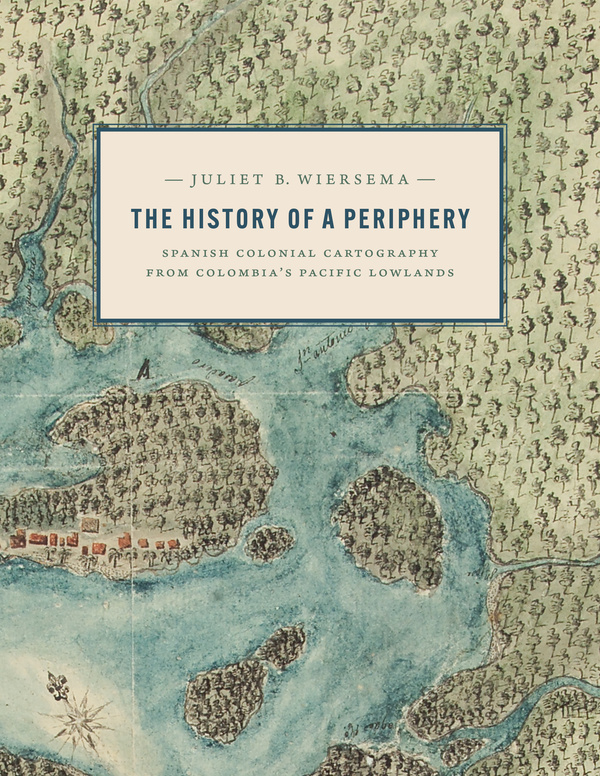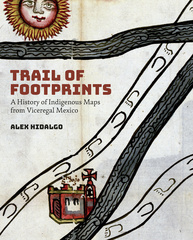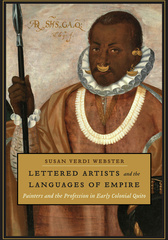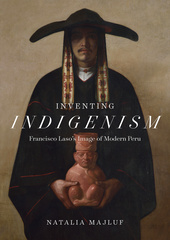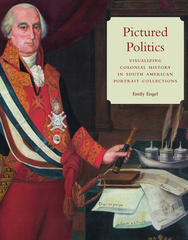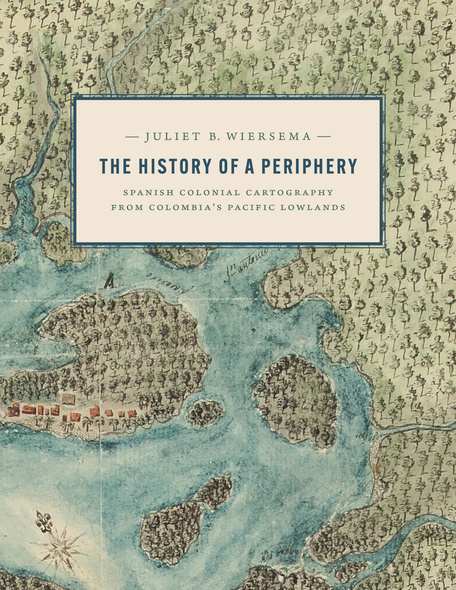
The History of a Periphery
Spanish Colonial Cartography from Colombia's Pacific Lowlands
An exploration of Colombian maps in New Granada.
During the late Spanish colonial period, the Pacific Lowlands, also called the Greater Chocó, was famed for its rich placer deposits. Gold mined here was central to New Granada’s economy yet this Pacific frontier in today’s Colombia was considered the “periphery of the periphery.” Infamous for its fierce, unconquered Indigenous inhabitants and its brutal tropical climate, it was rarely visited by Spanish administrators, engineers, or topographers and seldom appeared in detail on printed maps of the period.
In this lavishly illustrated and meticulously researched volume, Juliet Wiersema uncovers little-known manuscript cartography and makes visible an unexamined corner of the Spanish empire. In concert with thousands of archival documents from Colombia, Spain, and the United States, she reveals how a "periphery" was imagined and projected, largely for political or economic reasons. Along the way, she unearths untold narratives about ephemeral settlements, African adaptation and autonomy, Indigenous strategies of resistance, and tenuous colonialisms on the margins of a beleaguered viceroyalty.
This fantastic book examines a wide range of never-published maps from colonial Colombia, with unique representations of the Pacific Lowlands that make up the current departments of Chocó and parts of Valle, Cauca, and Nariño, plus slices of eastern Panama and northwest Ecuador. This vast region (the 'Greater Chocó') is barely studied by historians, even less by art historians, and thus this book is something entirely new and very exciting. Via Wiersema’s book, we are (from one perspective) entering the outermost edge of empire, the periphery of the periphery.
Through a careful and original study of four fascinating maps, Wiersema provides an insightful examination of the late colonial history of the Pacific Lowlands of Colombia that uncovers revealing details of local politics and aspirations, as well as key forgotten aspects of the Indigenous past. This accessible book will inspire others to use cartography as a source for Latin American history; historians, geographers, and anthropologists will enjoy and profit from reading it.
Wiersema’s The History of a Periphery is a sensitive, thorough, and clearly articulated investigation of manuscript maps that shed new light on the history of Colombia’s Pacific Lowlands in the eighteenth century. The book is an excellent demonstration of how close readings of the details of maps, together with their archival contexts, can reveal important evidence not available in other sources.
Wiersema’s well-researched and elegantly argued book is a sterling addition to the scholarship of the Spanish colonial empire, Indigenous and African peoples, and colonial frontiers. The author's focus is on manuscript maps, which were included with written reports, and directed at a limited audience of imperial officials. Their purpose was not purely illustrative; nor were they meant to serve as charts to guide seamen, travelers, or administrators. This multidisciplinary study allows the reader to perceive the ways in which the managers of the Spanish Empire incorporated the local knowledge held by Indigenous people and the African and European sojourners at the empire’s far periphery into their systems of planning and thought. As such, the maps were akin to Columbus's letters, or the narratives of the conquistadors—many were aspirational in depicting a hoped-for colonial future.
Juliet B. Wiersema is an associate professor in the Department of Art and Art History at the University of Texas at San Antonio. She is the author of Architectural Vessels of the Moche: Ceramic Diagrams of Sacred Space in Ancient Peru.
- Acknowledgments
- Abbreviations
- Glossary
- Introduction
- 1. New Granada: A Categorically Different Viceroyalty
- 2. Coming into View: The Pacific Lowlands in Manuscript Maps
- 3. The Map of the Atrato River and Pueblos of Cuna Indians: The Atrato Vigía and the Short-Lived Cuna Reducción of Murindo, 1759–1778
- 4. The Map of the Chocó, Panama, and Cupica: The Unrealized Potential of a Pacific Port, 1777–1808
- 5. The Map of the Dagua River Region: Las Juntas, Sombrerillo, and African Agency in the Pacific Lowlands, 1739–1786
- 6. The Map of the Yurumanguí Indians: The “Discovery” and Decimation of the Pacific Lowlands’ Indigenous Inhabitants, 1742–1780
- Conclusions: What Manuscript Maps Contribute to the Study of Colonial Latin America
- Appendix A: Transcribed Text from Manuscript Map Legends
- Appendix B: Technical Study of the Manuscript Map of Dagua River Region, Colombia
- Notes
- References
- Index

